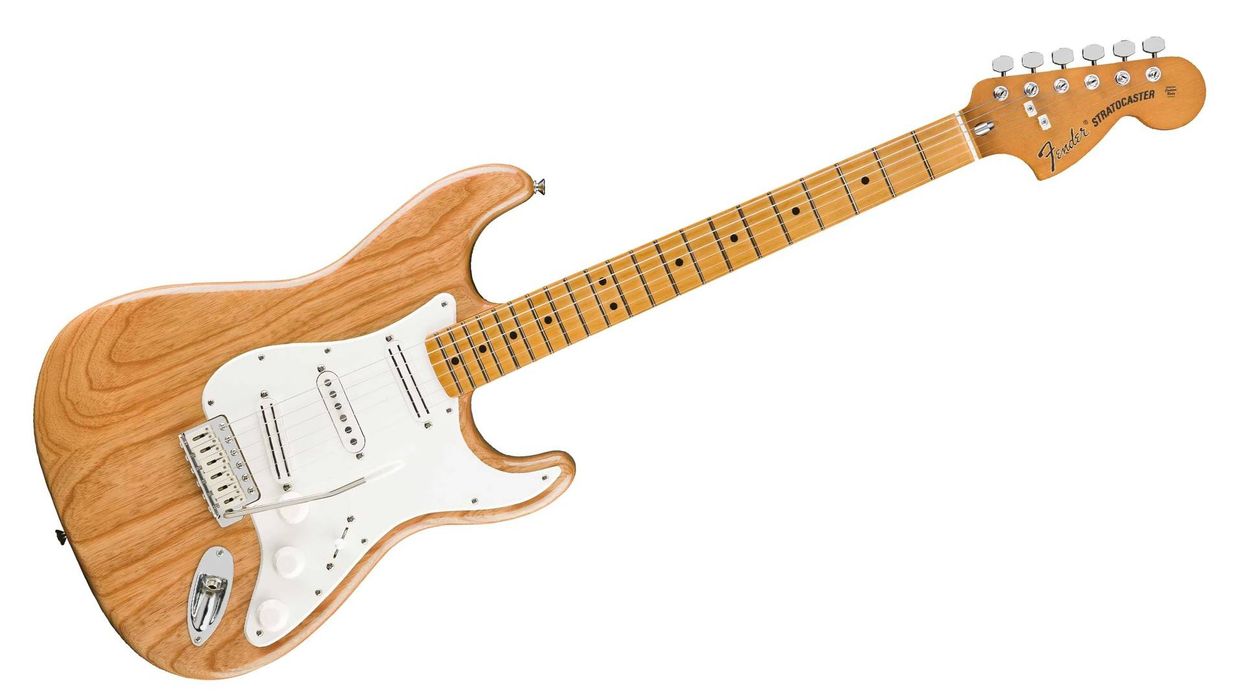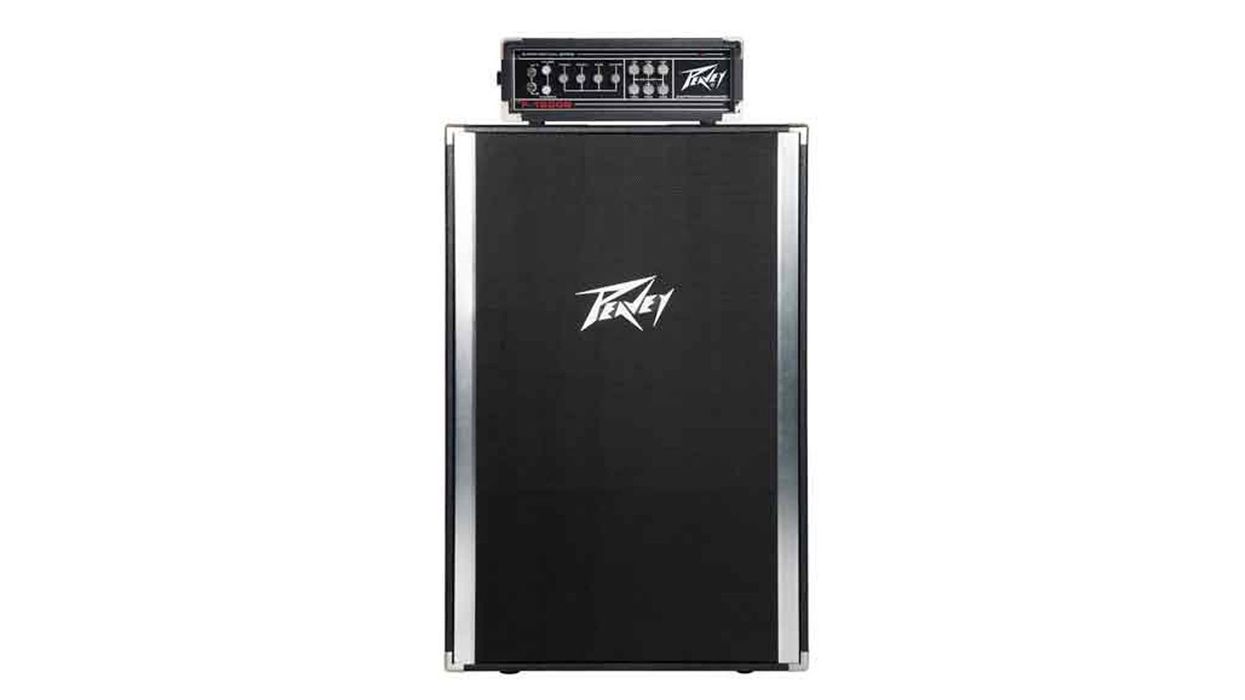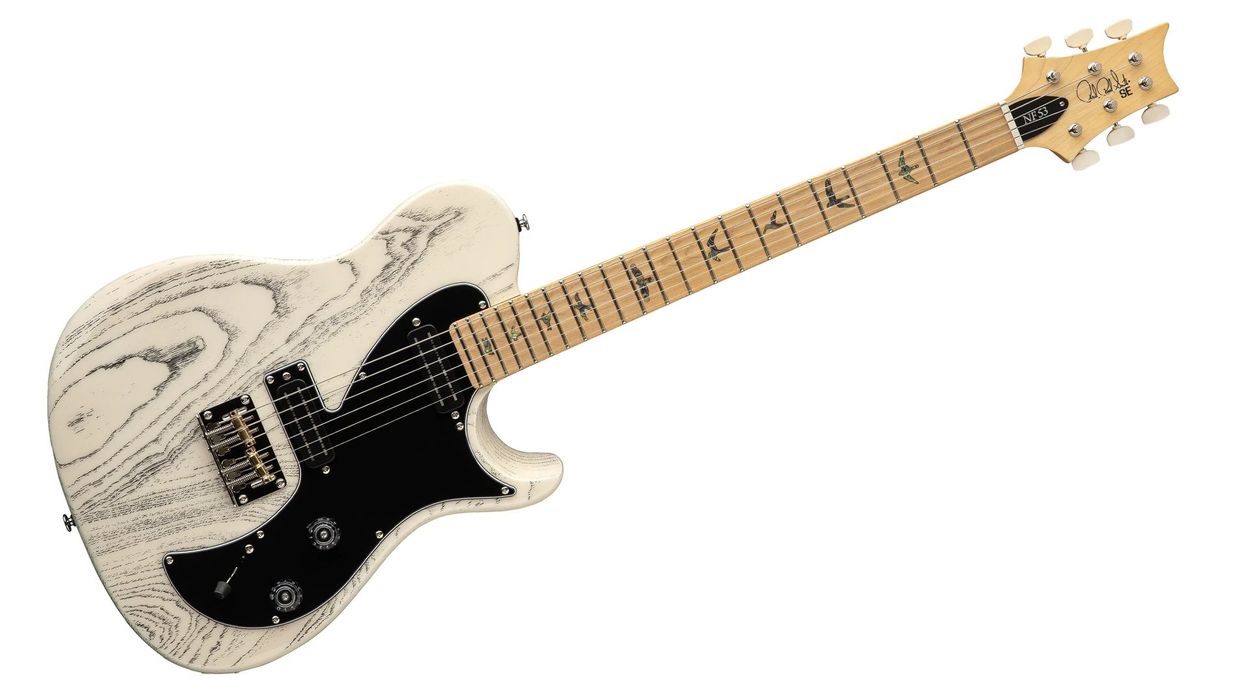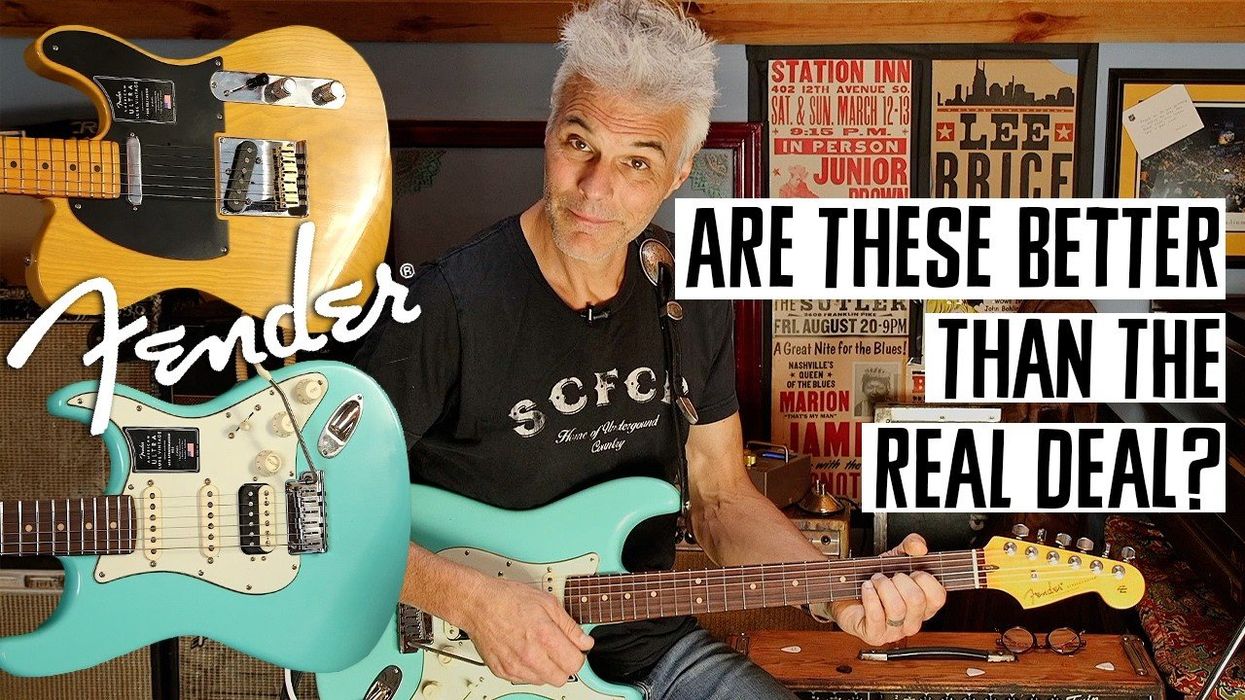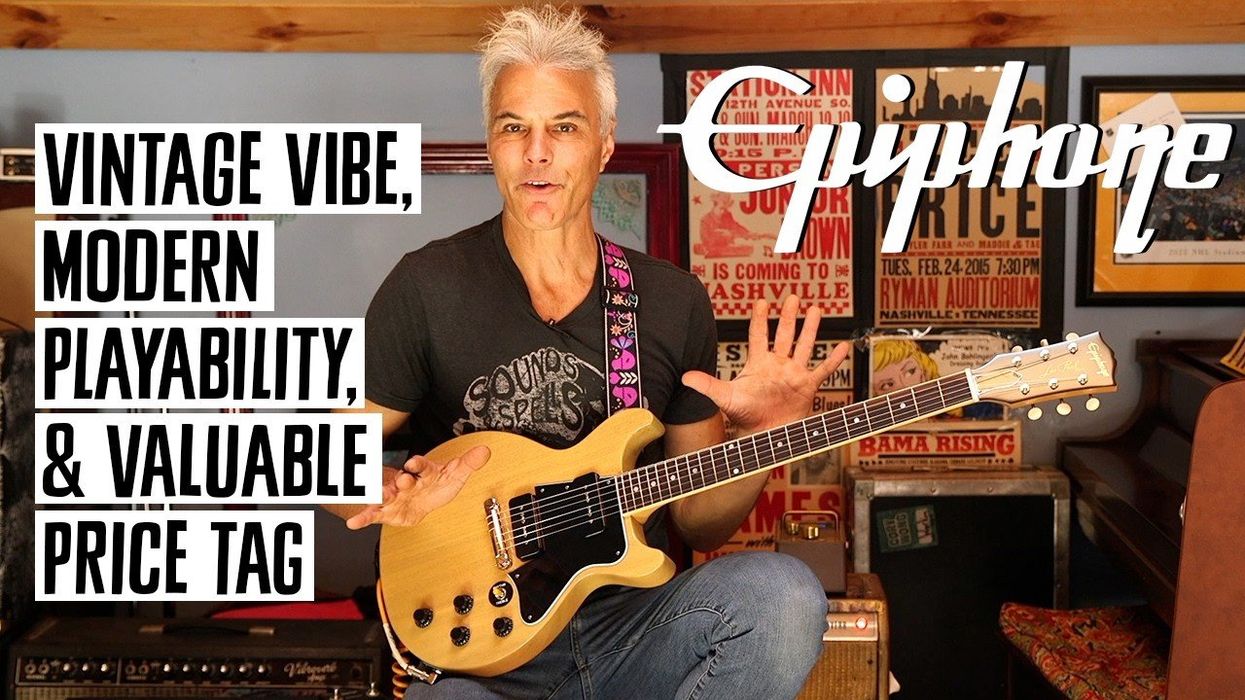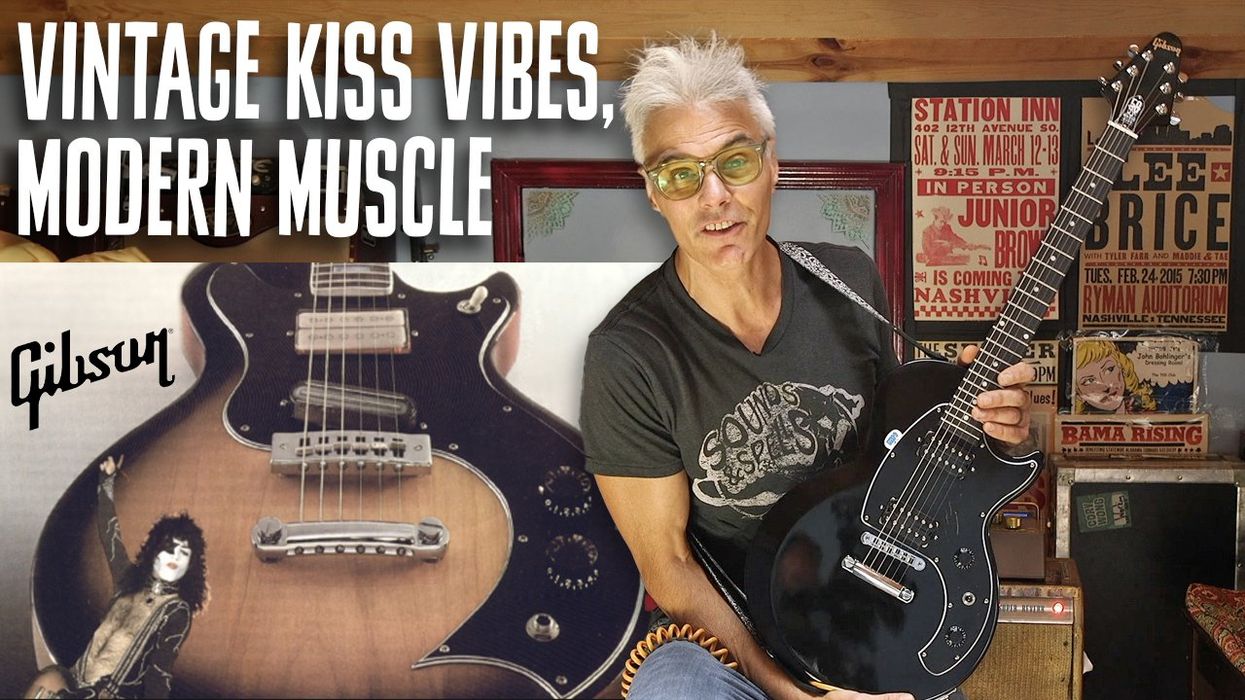Guitars are such a huge and diversified part of the music industry that guitar fans can be forgiven for not paying attention to other fretted instruments. With an ES-335, a bluegrass dreadnought, and a thrash-metal solidbody, plus endless other variants all crowding the guitar universe, one can be exonerated for not watching the latest trends in ukuleles or banjos. But other fretted instruments widely used in Western music—and I’m not talking about country—have been going through evolutionary changes that guitar fans may not have noticed. These trends suggest that the guitar exerts a subtle dominance over other fretted instruments, even if banjo, mandolin, or ukulele players don’t realize it.
Ukes. Let’s start with the ukulele, which, unlike the guitar, really didn’t have a presence in North America until a century ago. While ukuleles come in larger sizes (concert, tenor, and baritone), the little soprano—the original uke—represented over 90 percent of ukulele sales when the Hawaiian music craze swept the mainland in the late ’teens. The soprano continued to dominate into the 1950s, and the much larger tenor ukes weren’t very popular until about 25 years ago. But since then, the tenor has taken over the ukulele revival as public taste shifted toward a mellower ukulele tone, which has also changed how the tenor uke is tuned.
The original “my dog has fleas” tuning, with the fourth string tuned above the pitch of the third and second strings, is usually abandoned by newcomers in favor of a more modern “low to high” tuning (with the fourth string tuned an octave below the original “high G” pitch). The result is deeper tone, and a ukulele that’s closer to being a nylon-stringed version of the tenor guitar than it is to the bright, bubbling, “dancing flea” soprano uke.
Mandos. The guitar’s influence over the mandolin family of instruments isn’t as obvious, yet it’s still hard to ignore. Mandolins have a longer history in North America than ukuleles, and the mandolin family also has larger clan members, with lower pitches and deeper voices. There were few mandolas, mandocellos, and octave mandolins (tuned an octave below the mandolin) available until recently, but new models are now coming out in even lower ranges.
Octave mandolins tend to be cumbersome because of the long neck—making the instrument difficult to balance—but Northfield Mandolins found an interesting solution. By adding a carved top to a small guitar-shaped body with a flat back, the company created what seems like a new hybrid with their Archtop Octave Mandolin. That is, until you look at Martin archtop guitars from the late 1930s, which used the same combination of a carved top on a flattop guitar’s body. The Northfield octave mandolin’s body is roughly that of a 14-fret size 0, which suits the shorter string scale, but other than the smaller size and extra pair of tuners, it’s an uncanny throwback to an archtop-guitar design of 75 years ago.
It’s an octave mandolin (left), but this archtop from Northfield Mandolins clearly has 6-string DNA influencing its design. That’s quite evident when seen next to this 1939 Martin F-9.
Banjos. Claiming that banjos are beginning to sound more like guitars is guaranteed to irritate those who play either instrument, but if you listen to the direction in which open-back banjo tone has been heading, you’ll know what I mean. Bluegrass banjos are, of course, exempt from this trend, as both the appearance and sound of instruments used for the style is highly codified, but the old-time banjo scene is in the midst of a dramatic tonal shift.
Banjo heads are now larger—at least 12" in diameter instead of 11"—and the shells are often deeper, with no metal tone ring on top of the wood rim. A shorter string scale puts the bridge closer to the center of the head, and the head is often left looser as well. These changes result in a deeper, thumpier kind of tone. The sharp, metallic, hail-on-a-tin-roof sound that used to define banjo tone is now out of fashion, as are the flashy pearl inlays, glossy lacquer finishes, and bright nickel plating of the metal parts. Instead, dull oil finishes, unplated brass parts, and wood inlay on the neck and headstock—if there’s any inlay at all—are what open-back banjo players prefer. It’s almost as if there’s a revolt against what has defined the banjo for decades. Is this an attempt to make open-back banjos sound like guitars? Probably not, but it does make these new banjos sound less dramatically different than a guitar, which is telling in itself.
Thanks to tenor ukes tuned low-to-high, lower-pitched mandolas and octave mandolins, and big-headed banjos that don’t sound much like banjos at all, these non-guitar types of fretted instruments sound more like guitars than in the recent past. Could it be that even if you choose to play a different fretted instrument, the sound of the guitar is so ubiquitous that it’s ringing in your ears, and as a result, the ukulele, mandolin, or banjo you choose will bend to a more guitar-like tone?


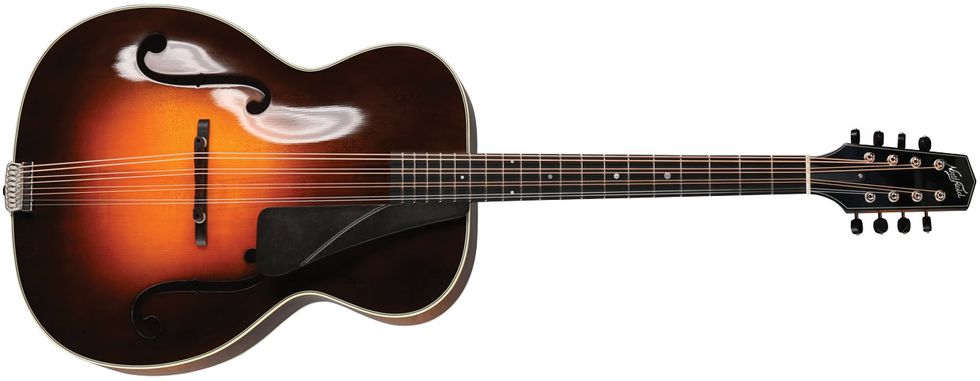

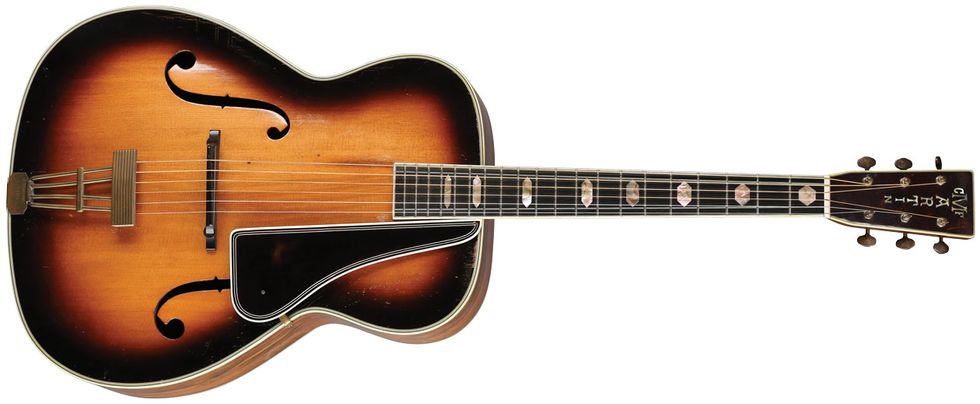


![Rig Rundown: Russian Circles’ Mike Sullivan [2025]](https://www.premierguitar.com/media-library/youtube.jpg?id=62303631&width=1245&height=700&quality=70&coordinates=0%2C0%2C0%2C0)

